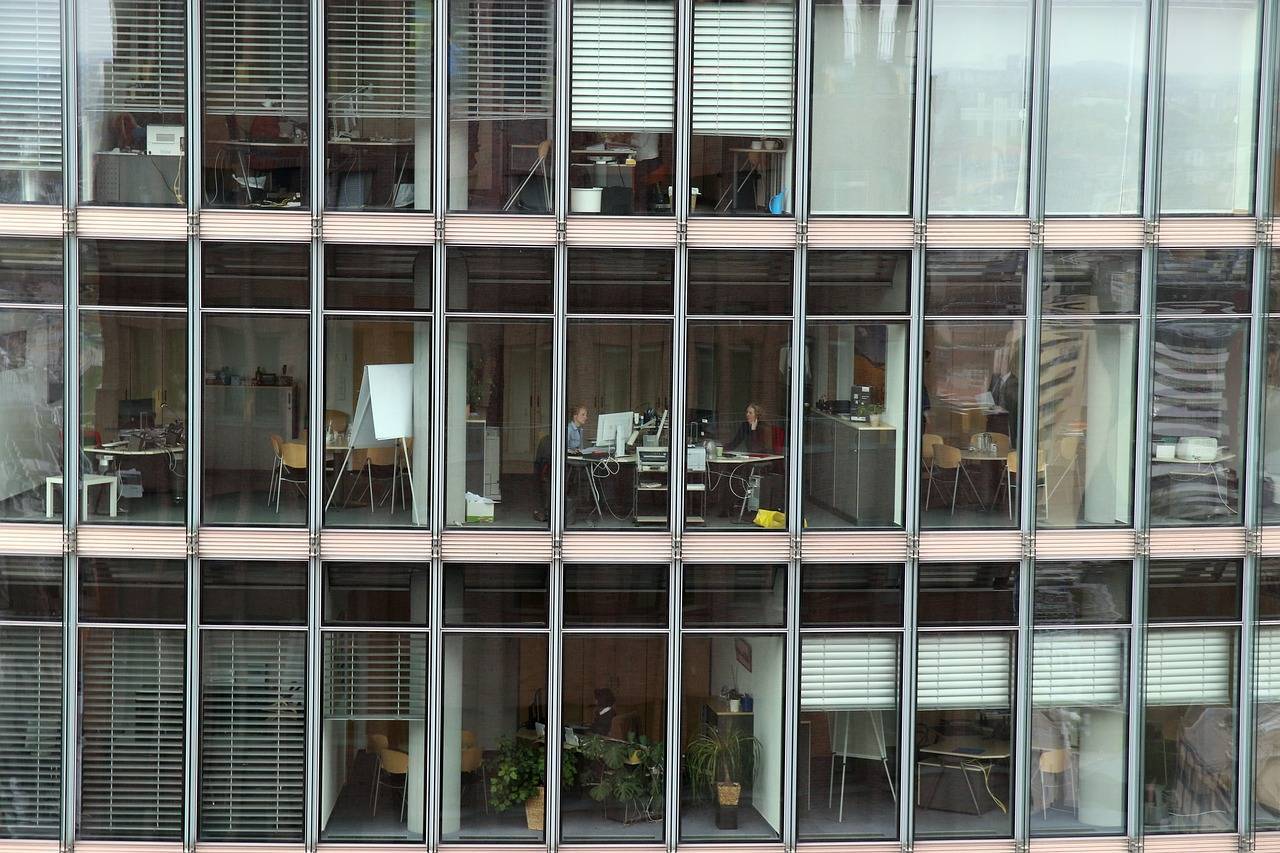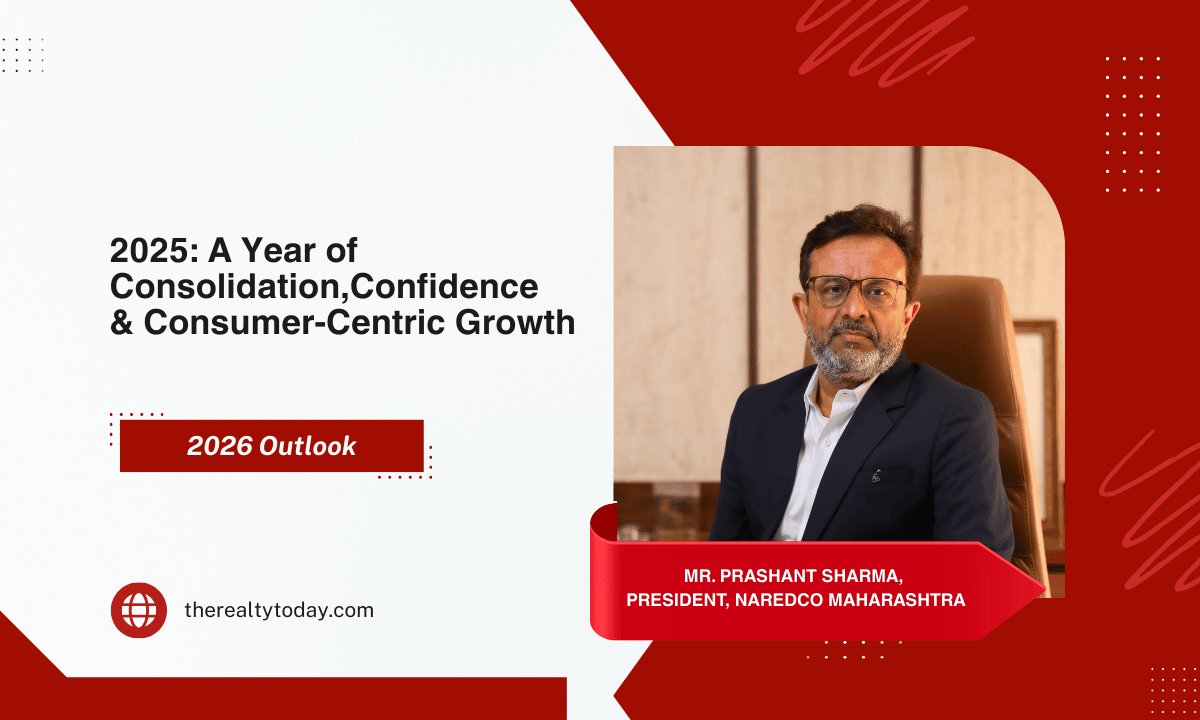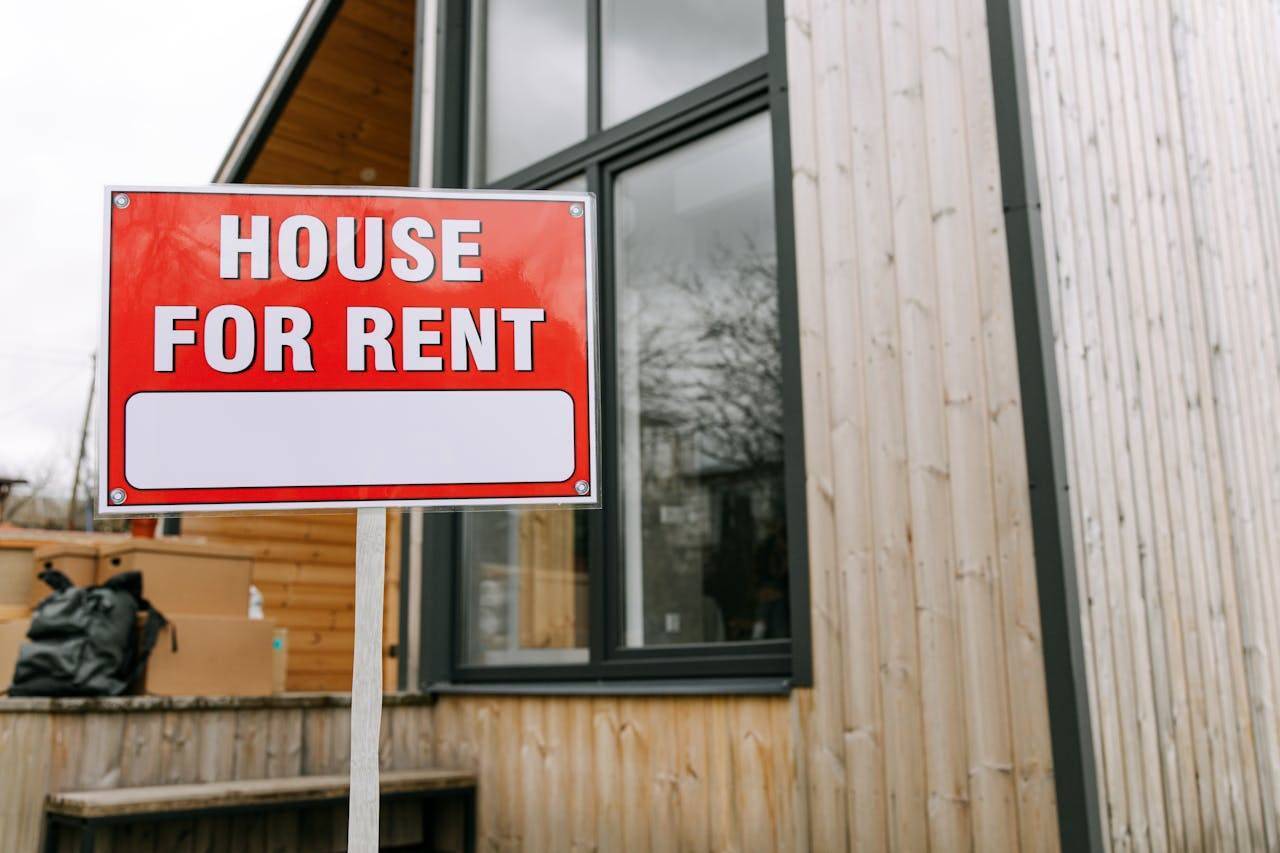In the dynamic landscape of commercial real estate, the first quarter of 2024 witnessed a remarkable surge in office absorption, marking a significant milestone in the sector's recovery and growth trajectory. According to the latest report by Vestian, office absorption soared to an impressive 134 lakh square feet during Q1 2024, reflecting a notable 13% increase compared to the same period last year. This surge in absorption is attributed to several factors, including the implementation of the 'Return to Office' mandate by numerous corporates, signalling a gradual resurgence in economic activities and business operations across key urban centres.
Delving deeper into the report's findings, it becomes evident that the resurgence in office absorption was not uniform across all regions. Southern cities such as Bengaluru, Chennai, and Hyderabad emerged as frontrunners, collectively accounting for a significant portion of the pan India absorption in Q1 2024. In fact, these cities witnessed a remarkable uptick in absorption rates, with Chennai and Mumbai experiencing a doubling of absorption within a year, while Hyderabad saw a commendable 51% increase. Conversely, other cities reported a decline in absorption rates, with Delhi-NCR notably witnessing a 25% annual drop in office space leasing to 18.1 lakh square feet. This decline in absorption can be attributed to subdued demand from corporates, highlighting the nuanced dynamics at play within the commercial real estate market.
Despite the overall growth in absorption, the report also underscored a slight decline in office space absorption during the January to March quarter compared to the previous quarter, following a peak in Q4 2023. This decline, while indicative of short-term fluctuations, underscores the need for a nuanced understanding of market dynamics and demand-supply trends. It is imperative for stakeholders in the commercial real estate ecosystem to closely monitor market developments and adapt their strategies accordingly to navigate the evolving landscape effectively.
Furthermore, the report sheds light on the sectoral composition of office absorption, revealing interesting insights into the drivers of demand within the commercial real estate market. The IT-ITeS sector emerged as the dominant player, accounting for 47% of absorption, followed by the BFSI sector with an 11% share. Additionally, flexible workspaces garnered significant interest from large conglomerates post-pandemic, contributing 8% to the pan-India absorption in Q1 2024. This diversification of demand signals a shift in workspace preferences and underscores the importance of agility and adaptability in the post-pandemic era.
In addition to absorption trends, the report also provides valuable insights into new completions and vacancy levels within the commercial real estate market. New completions witnessed an annual increase of 26%, reaching 108 lakh square feet in Q1 2024, with Bengaluru emerging as a frontrunner in new supply. However, despite the increase in absorption, vacancy levels remained relatively stable at 13.8%, with expectations of further improvement in the second half of 2024 driven by the growing prominence of 'Back to Office' mandates.
Rental rates across the top seven cities also witnessed a notable increase, ranging from 2.4% to 6.8% annually, driven by sustained absorption activities and limited new completions. Pune emerged as the leader in rental rate appreciation, attributed to robust demand in the manufacturing and engineering sectors. This upward trend in rental rates reflects the growing confidence of investors and underscores the resilience of the commercial real estate market amidst evolving macroeconomic conditions.
Looking ahead, the commercial real estate sector in India is poised for continued growth and resilience, buoyed by favorable market dynamics and investor sentiment. Domestic investors, in particular, are optimistic about India's growth story and are expected to play a pivotal role in driving future demand for office spaces. However, it is essential for stakeholders to remain vigilant and proactive in navigating the evolving market landscape, leveraging data-driven insights and strategic foresight to capitalize on emerging opportunities and mitigate potential risks.
The surge in office absorption during Q1 2024 signifies a promising outlook for the commercial real estate sector, reflecting resilience, adaptability, and sustained growth amidst evolving market dynamics. By leveraging these insights and adopting a proactive approach, stakeholders can position themselves for success in an increasingly competitive and dynamic marketplace.









.png)